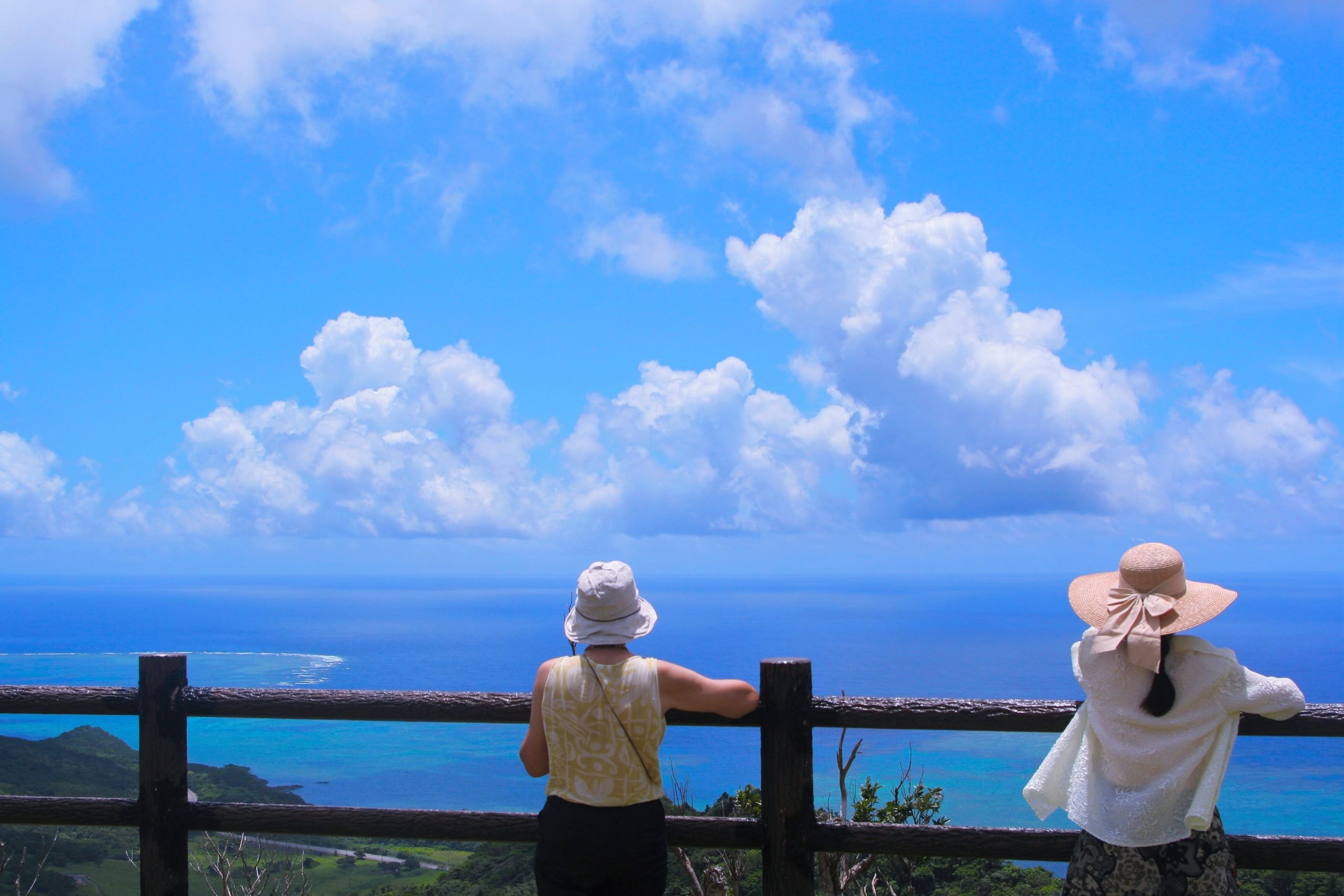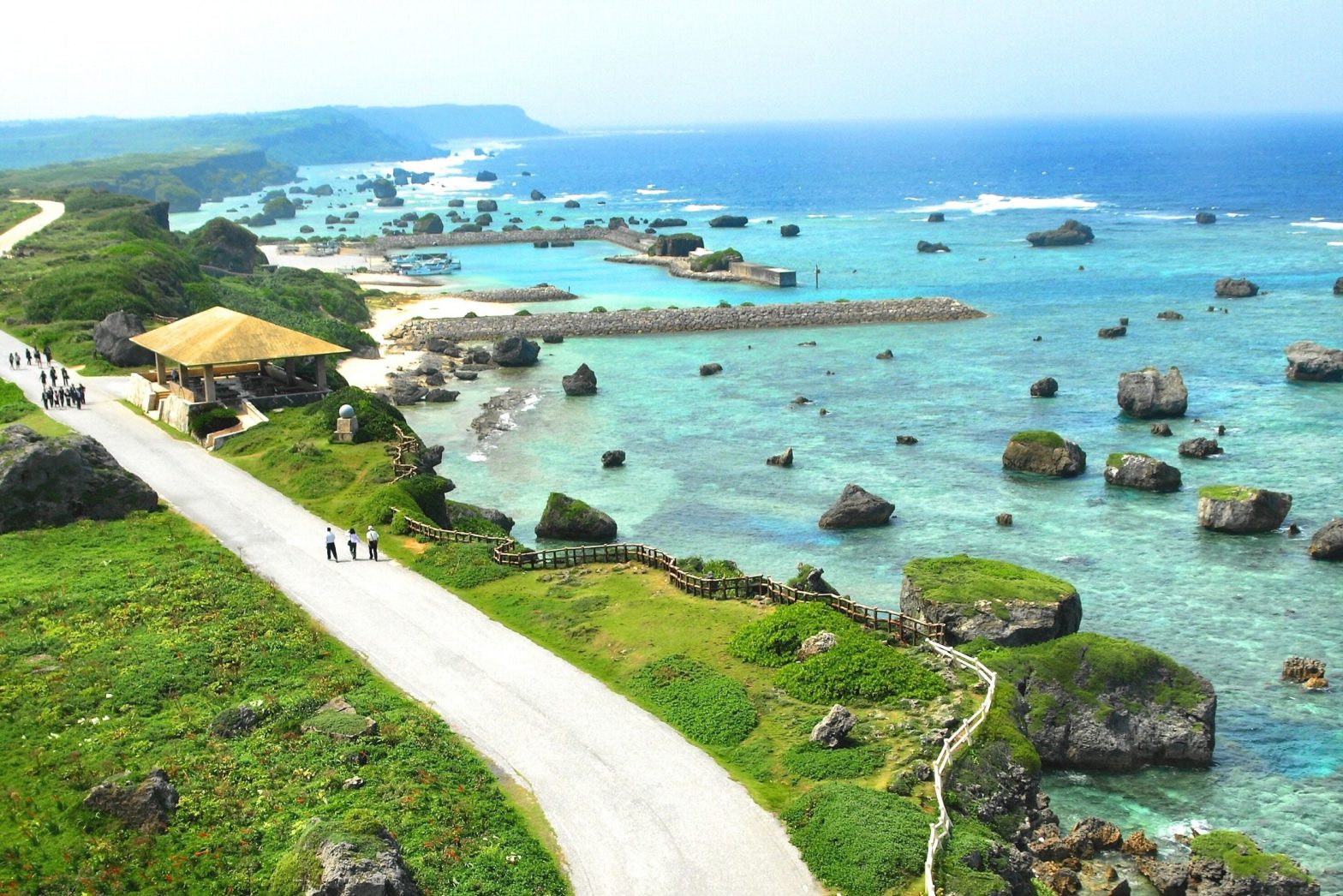In remote corners of the world, extraordinary communities have cracked the code to exceptional longevity. These Blue Zones—five regions where people routinely live past 100—offer profound insights into healthy aging that challenge everything we think we know about longevity. From the mountainous villages of Sardinia to the tropical islands of Okinawa, these populations don’t just live longer; they thrive well into their golden years with remarkable vitality.
Unlike the rest of the world, Blue Zone residents experience significantly lower rates of heart disease, cancer, and dementia while maintaining active, purposeful lives. Their secrets aren’t found in expensive supplements or extreme fitness regimens, but in simple, sustainable lifestyle practices that anyone can adopt.
What Are Blue Zones?
Blue Zones are five specific regions identified by researcher Dan Buettner where people consistently achieve extraordinary longevity. These areas include Okinawa, Japan, known for the world’s longest-lived women; Sardinia, Italy, home to the highest concentration of male centenarians; Nicoya Peninsula, Costa Rica, where middle-aged mortality is remarkably low; Ikaria, Greece, where residents live 8 years longer than Americans with 20% less cancer; and Loma Linda, California, where the Seventh-day Adventist community adds 10 years to life expectancy.
These communities share remarkable health statistics: residents experience half the rate of heart disease, significantly lower cancer rates, and almost no dementia compared to typical Western populations.
The Power 9: Core Blue Zone Principles
Move Naturally
Blue Zone residents don’t hit the gym—they integrate movement into daily life. They walk regularly, tend to gardens, do household chores, and remain active through natural activities. This consistent, low-intensity movement throughout the day proves more beneficial than sporadic, intense exercise sessions.
Eat to 80% Full (Hara Hachi Bu)
The Okinawan practice of hara hachi bu involves stopping eating when 80% full. This caloric moderation, combined with eating the largest meal at breakfast and the smallest at dinner, naturally prevents overeating and supports healthy weight management.
Plant-Forward Diet
Blue Zone diets emphasize plant-based foods with beans as a cornerstone. Residents consume meat only about five times per month in small portions, focusing instead on vegetables, whole grains, legumes, and nuts. This plant-forward approach provides essential nutrients while reducing inflammation.
The Social and Mental Pillars of Longevity

Strong Social Connections
Blue Zone communities prioritize family and social bonds. Multi-generational households, regular social gatherings, and deep community ties provide emotional support and reduce stress-related health issues. These connections create a natural support system that promotes both mental and physical well-being.
Sense of Purpose (Ikigai)
Having a clear life purpose—called “ikigai” in Okinawa—adds up to seven years to life expectancy. Whether through work, family, or community service, Blue Zone residents maintain a strong sense of meaning that motivates healthy behaviors and provides resilience during challenges.
Stress Management
Blue Zone populations have built-in stress relief practices. Whether through daily naps, prayer, meditation, or social rituals, they regularly downshift from life’s pressures, reducing chronic inflammation and supporting cardiovascular health.
Applying Blue Zone Wisdom to Modern Life
Dietary Changes
Replace processed foods with whole, plant-based options. Make beans a daily staple in your diet. Practice portion control and mindful eating. Limit meat consumption to small portions 2-3 times per week.
Lifestyle Modifications
Incorporate natural movements like walking and gardening. Build strong social connections and community ties. Develop daily stress-reduction practices. Cultivate a sense of purpose in your daily activities.
The Science Behind Blue Zone Longevity
Research reveals that Blue Zone dietary patterns help maintain telomere length—the protective caps on chromosomes associated with cellular aging. The high antioxidant content from plant-based foods, combined with anti-inflammatory compounds, slows biological aging at the cellular level. Additionally, the caloric restriction practiced in these regions activates longevity pathways that delay age-related diseases.
Blue Zone communities prove that exceptional longevity isn’t about genetics alone—it’s about creating environments that naturally promote healthy choices. By adopting these time-tested principles, we can add not just years to our lives, but life to our years, experiencing the vitality and purpose that define these remarkable communities.

